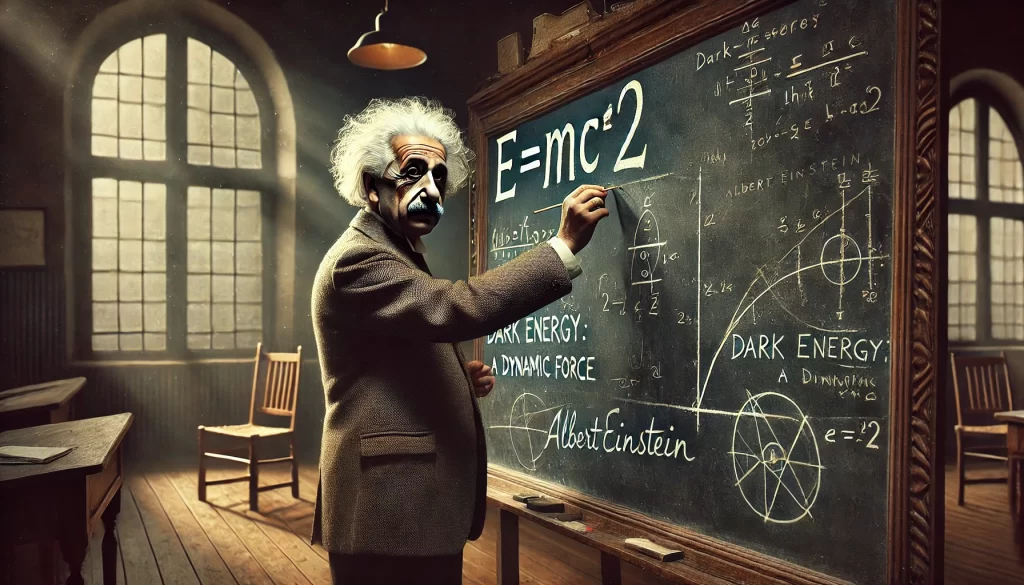Cosmic Growth Study Confirms Einstein’s Gravity Theory
Scientists in a global collaboration have mapped the cosmos’ evolution over 11 billion years, delivering the most precise test yet of Albert Einstein’s general relativity on vast cosmic scales. Their findings confirm Einstein’s 1915 theory, showing gravity behaves as he predicted, even across immense distances.
A Closer Look at Cosmic Evolution
This groundbreaking research focuses on dark energy, the mysterious force driving the universe’s accelerated expansion. Using the Dark Energy Spectroscopic Instrument (DESI) at Kitt Peak National Observatory in Arizona, researchers analysed light from nearly 6 million galaxies.
Their observations date back to when the universe was just 20% of its current age. These galaxies form part of the “cosmic web,” a large-scale structure made of interlinked galaxy clusters, superclusters, and voids. This web is shaped by gravity’s pull, revealing how matter organises itself across the cosmos.
“Einstein’s general relativity remains one of the most successful physical theories,” said Dragan Huterer of the University of Michigan. “Yet, the discovery of the accelerating universe raised questions about whether it might need modification.”
Dark Energy: A Dynamic Force
While Einstein’s theory of gravity stands firm, the findings hint at dark energy’s evolving nature. Astrophysicist Mustapha Ishak-Boushaki of the University of Texas at Dallas explained that dark energy appears to be dynamic and weakening. This revelation challenges previous assumptions of it being constant and could reshape predictions for the universe’s future.
“Dark energy’s dynamical behaviour may mean the universe’s expansion doesn’t need to accelerate forever,” Ishak-Boushaki noted.
Understanding the Cosmos’ Contents
The universe comprises three primary components:
- Ordinary Matter: Stars, planets, gas, and everything visible.
- Dark Matter: An invisible substance making up 27% of the universe.
- Dark Energy: A force accounting for 68% of the universe, driving accelerated expansion.
While dark energy remains poorly understood, this study aligns with the standard model of cosmology. It underscores Einstein’s gravity theory while suggesting new complexities in dark energy’s role.
Collaborative Effort
The DESI collaboration, involving over 900 researchers from 70+ institutions, is managed by the US Department of Energy’s Lawrence Berkeley National Laboratory. Their recent work, published on the arXiv platform, marks a significant step forward in understanding the universe’s growth and dynamics.
With inputs from Reuters





